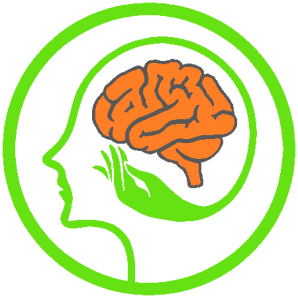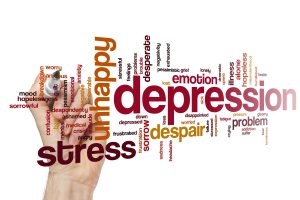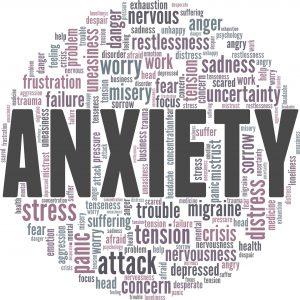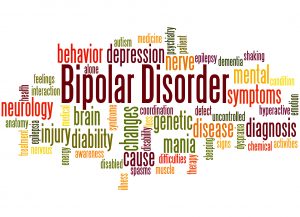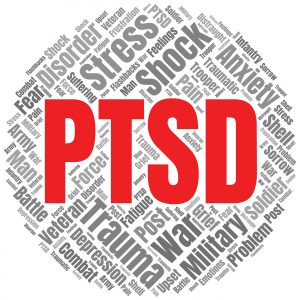Ketamine
The Glutamate Story
Glutamate is a major excitatory neurotransmitter and became a focus of investigation in mood disorders because of elevated levels of glutamate from imaging and post-mortem studies.1 The three subtypes of glutamate receptors are all ion channels, called the NMDA, AMPA, and kainate receptors. Binding of glutamate to these receptors causes an influx of cations (mainly sodium) that depolarize the neuron and propagate an electrical action potential.
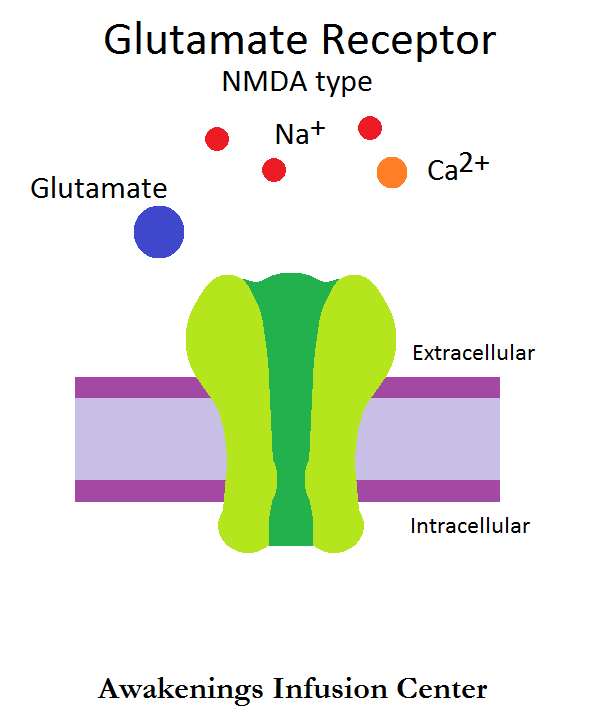
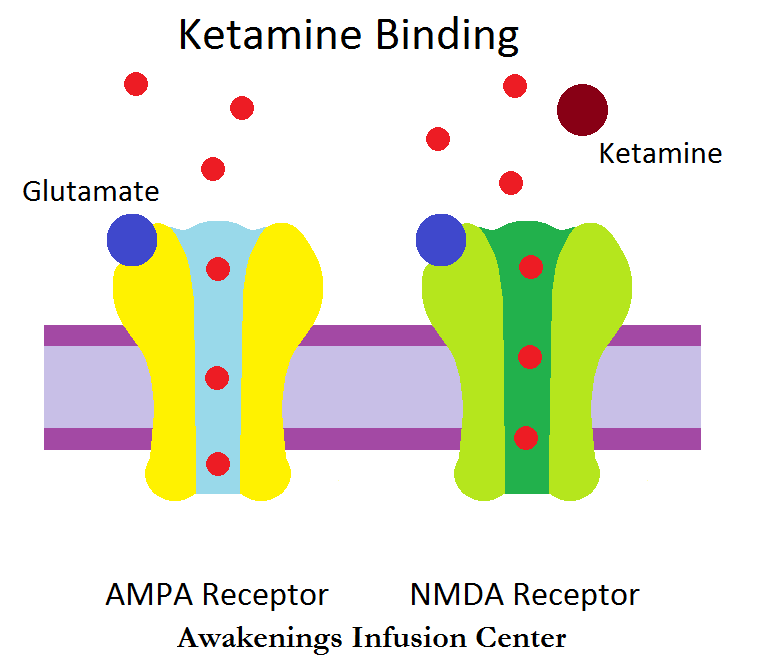
Ketamine in Action
Ketamine is a potent, noncompetitive antagonist of the NMDA type receptor. It blocks NMDA receptors by binding to the “PCP site” inside the channel of this receptor.2 AMPA receptors are not blocked by ketamine. Blockade of NMDA receptors prevents the influx of cations and thereby prevents depolarization. This should therefore lead to decreased neural activity.
However, ketamine treatments result in increased levels of glutamate in the prefrontal cortex (PFC) of the brain. This is thought to occur by the blockade of NMDA receptors on inhibitory GABA neurons in the PFC, which turns off the suppression of glutamate release – a process of disinhibition.2 This downstream glutamate cascade then stimulates postsynaptic AMPA receptors that cause the expression of synaptic proteins and rapid induction of dendritic spines.3 This remodeling of synaptic connections or “synaptic plasticity” following the blockade of NMDA receptors may explain ketamine’s effects beyond the infusion period.2
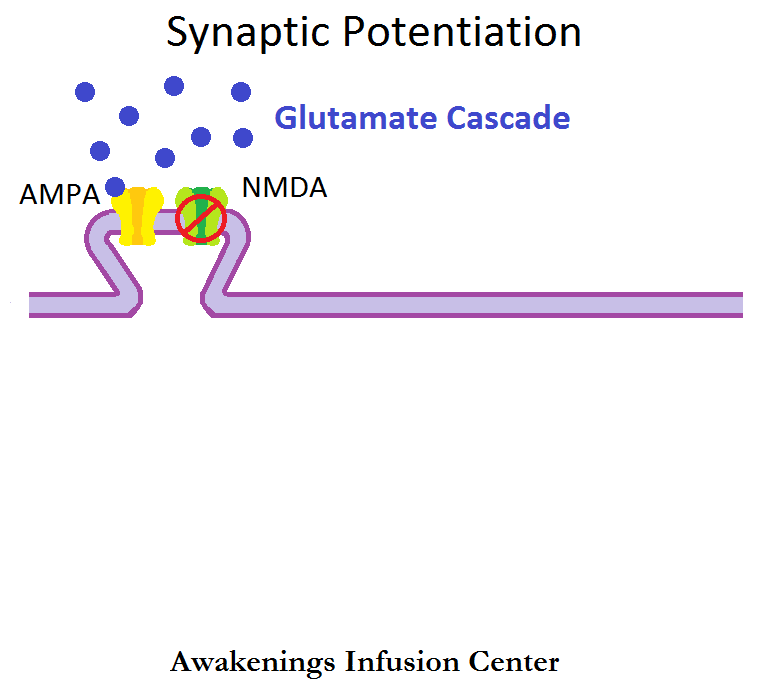
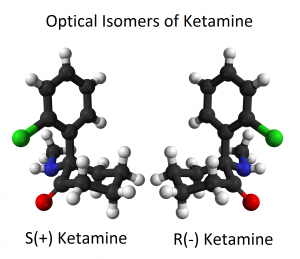
Esketamine
Ketamine is a racemic mixture – meaning it is made up of equal amounts of left- and right-handed enantiomers of a molecule. The left-handed enantiomer is S(+) ketamine or esketamine; the right-handed enantiomer is R(-) ketamine or arketamine. Arketamine is a less potent NMDA receptor antagonist and is void of psychomimetic effects but has slower recovery of mental function.4 Esketamine is more potent than racemic ketamine but has the same mechanism of action and therefore similar side effect profile.5
Clinical Application
Despite not knowing the exact mechanism involved (which may ultimately lead to other potential treatments), the scientific community has provided key pharmacodynamic and pharmacokinetic principles for the use of ketamine infusions in clinical practice. The recent FDA approval of esketamine for treatment-resistant depression has validated the use of ketamine for the treatment for mood disorders.
Through our clinical partners and review of the peer-reviewed literature, we have developed protocols to treat the following conditions listed below. There is more specific information on each individual page.
Please contact us if you wish to become a client of
Awakenings Infusion Center of North Carolina
or
- Mathews D, Henter I, Zarate C. Targeting the Glutamatergic System to Treat Major Depressive Disorder: Rationale and Progress to Date. Drugs. 2012 July;72(10)1313-1333.
- Stahl S. Mechanism of Action of Ketamine. CNS Spectrums. 2013 Aug;18(4):171-4.
- Duman R. Neurobiology of Stress, Depression, and Rapid Acting Antidepressants: Remodeling Synaptic Connections. Depress Anxiety; 2014 April;31(4):291-296.
- Yang C, Shirayama Y, et al. R-ketamine: a Rapid-onset and Sustained Antidepressant Without Psychomimetic Side Effects. Transl Psychiatry. 2015 Sept;5(9):e632.
- Muller J, Pentyala S, et al. Ketamine Enantiomers in the Rapid and
Sustained Antidepressant Effects. Ther Adv Psychopharmacol. 2016;6(3):185–92.

